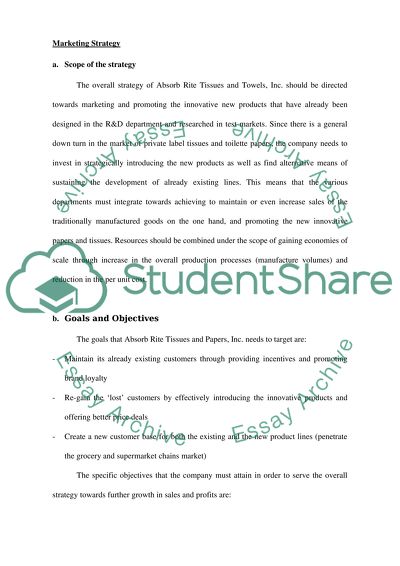Cite this document
(“Marketing Strategy and Implementation Plan Essay”, n.d.)
Retrieved from https://studentshare.org/marketing/1548545-marketing-strategy-and-implementation-plan
Retrieved from https://studentshare.org/marketing/1548545-marketing-strategy-and-implementation-plan
(Marketing Strategy and Implementation Plan Essay)
https://studentshare.org/marketing/1548545-marketing-strategy-and-implementation-plan.
https://studentshare.org/marketing/1548545-marketing-strategy-and-implementation-plan.
“Marketing Strategy and Implementation Plan Essay”, n.d. https://studentshare.org/marketing/1548545-marketing-strategy-and-implementation-plan.


